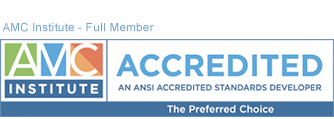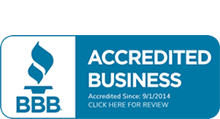Another in a series of articles related to association management selected from our reading list by:
Robert O. Patterson, JD
CEO/ Principal
The Center for Association Resources, Inc.
Difficult people are everywhere – our homes, our neighborhoods, our families and our offices. Eventually, a challenging employee, volunteer or co-worker will find their way into your non-profit organization. Learning how to handle them and to redirect them in a positive way can save a great deal of time, trouble, wasted resources and stress.
When it comes to a challenging person, there are plenty of things not to do. For example, don’t ignore threatening or abusive behavior. Also, don’t ignore the problem and hope it goes away. It won’t, and chances are, if you are having difficulties, so are others in your organization. Anonymous or veiled methods of dealing with the problem, such as notes or shunning, might be tempting courses of action, but they are rarely effective. They only serve to alienate the person and make the situation worse. Dealing with the situation, head on, in a positive way, can not only solve the problem, but build an environment of trust and respect among colleagues.
The first aspect to look at, when determining how to work with a difficult person, is to determine what is making them difficult. Are they constantly talking over others? Are they reluctant to really get involved in their work? Do they have problems working with certain types of people? Do they need to be in charge, or the center of attention?
Understanding that these behaviors have underlying drivers can assist in finding ways to not only neutralize the difficult behavior, but often turn that energy into a positive force. Those people who need to be in charge can be given a small leadership position, whether it’s managing an outreach project or being in charge of organizing the supply closet. Giving them a task that they can be in charge of and be recognized for takes away the challenge and turns it into a positive.
If the difficulties lie in behavior, pulling the person aside and calmly stating your issues can go a long way toward fostering an understanding about what is and is not appropriate. For a serial interrupter, explaining that being interrupted makes you feel as if your contributions aren’t important and asking to be heard will let your colleague know how the specific behavior is impacting you.
When confronting your colleague, peer or subordinate, it’s very important to use “I” statements and to avoid accusing the other person of wrongdoing. “When I’m interrupted during a meeting, I feel as if my ideas aren’t valued. I would really appreciate being able to finish sharing my ideas before others discuss them” will go much further toward fostering an environment of understanding than: “You’re always interrupting me and you don’t value my ideas!” Discussing potentially sensitive topics with understanding and respect can turn an argument into an enriching experience.
Even the most irritating people are with your non-profit for a reason. They most likely share the same concerns, passions and ideals as you. Finding common ground and finding ways to use everyone’s talents to the fullest will benefit everyone: the organization, coworkers and the difficult person.
The Center for Association Resources can be found at http://Association-Resources.com/ – Contact Robert Patterson for your Non-Profit association needs.







